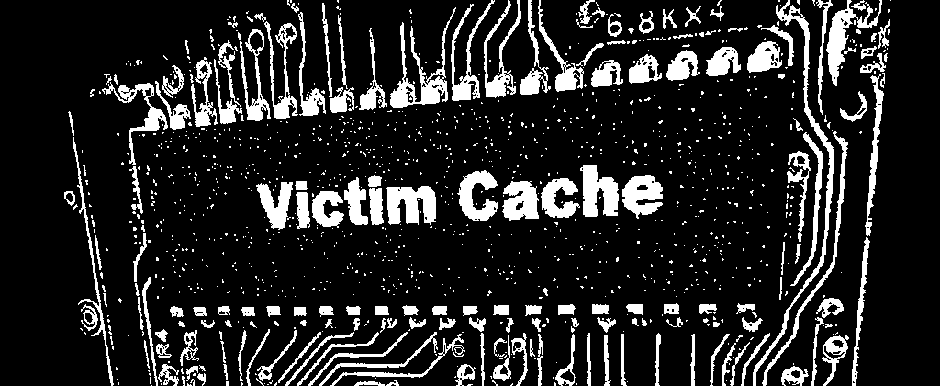For the past I don’t want to think about it years, I have been working on building a complete, fully populated, SID-based synthesizer based on the MidiBox platform. For Chipsurf Pipeline, we used my SammichSID (and SammichFM) here and there and it worked out well. But it lacks a full control surface to make some things easier, and I want something in a rack. This is what I have been working on and, in fact, I am getting fairly close to getting boards for a working control surface.
That said, though I do intend upon continuing work on it, John and I decided that what we need more are ways to help synchronize the NES and GameBoy as that would be extremely helpful for the different ways we are building songs for the next album, as well as for performing live. So, I am shifting gears a bit and will be focusing on completing my ArdunioBoy project. I am looking into building a shield, specifically, as it lets me use the base Ardunio board for other things if the need calls for it. The ArdunioBoy will allow us to both sync up LSDJ and use mGB, which was also developed by Trash80 (the dude behind the ArdunioBoy). mGB understands MIDI note data, turning the GameBoy into a real-time synthesizer of sorts.
Second to that, we want to MIDIfy the NES. The best solution I have seen is MIDINes. I have been trying to pick one up for years but opted not to for Chipsurf Pipeline since our songwriting catered more to a tracker interface and we also didn’t have the funds at the time. Assuming that project is still living, I plan on ordering one very soon to see how things go. In some ways, it is less flexible than FamiTracker; but in others, it is more. At least this gives us an option and the ability to more easily do live shows that can involve more dynamic interaction with the NES (as opposed to just press Play and playing along).
Anyways, this stuff makes me excited and I wanted to take some time to share it with any of our fans that are also interested in the topic! I plan on posting updates like these as I continue to work on these projects. On that note, I am also going to update and move over my NESA documentation so all our stuff can be found in one place. More info to come!

